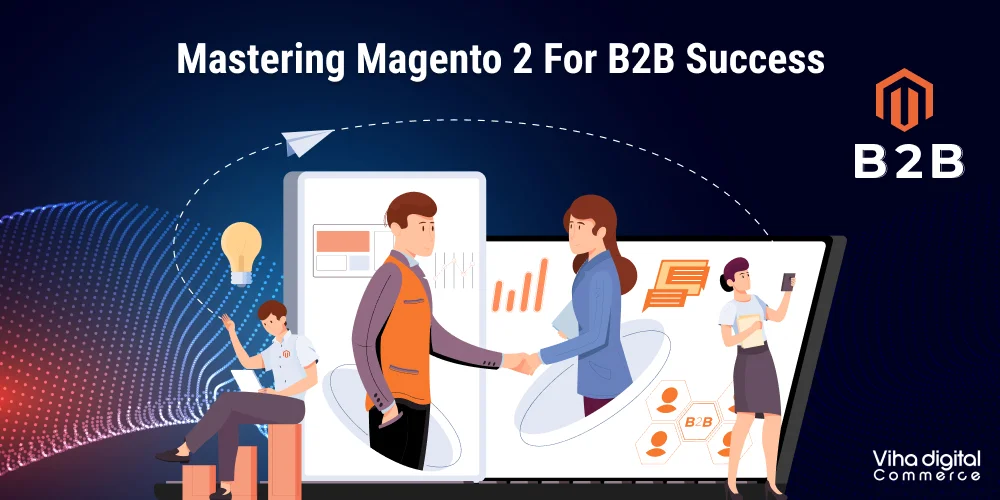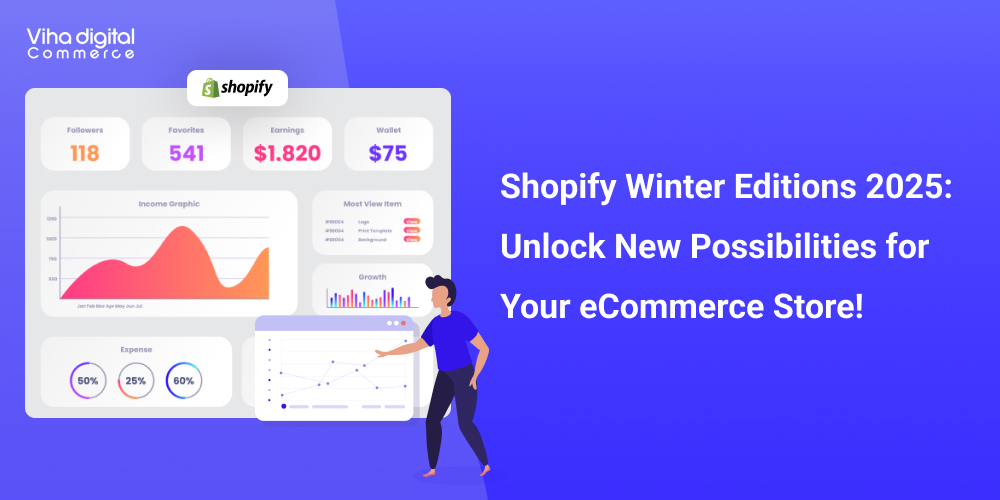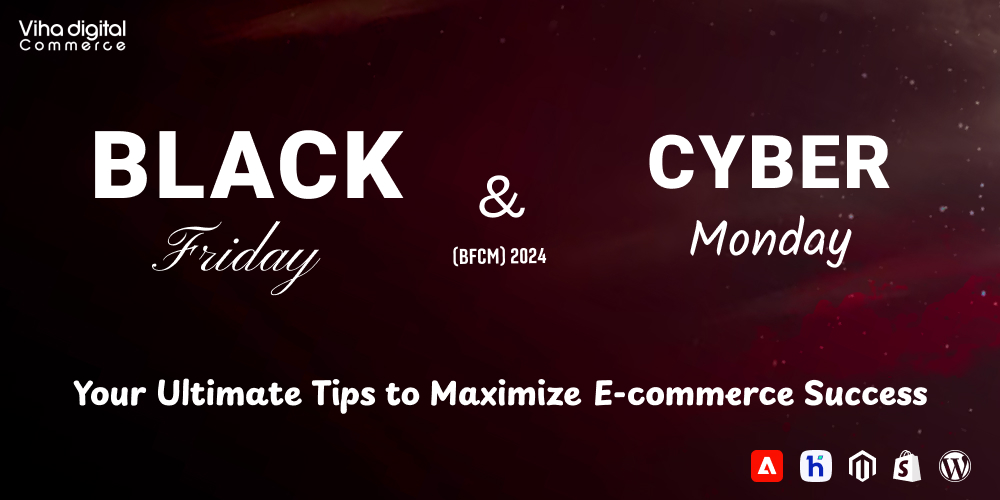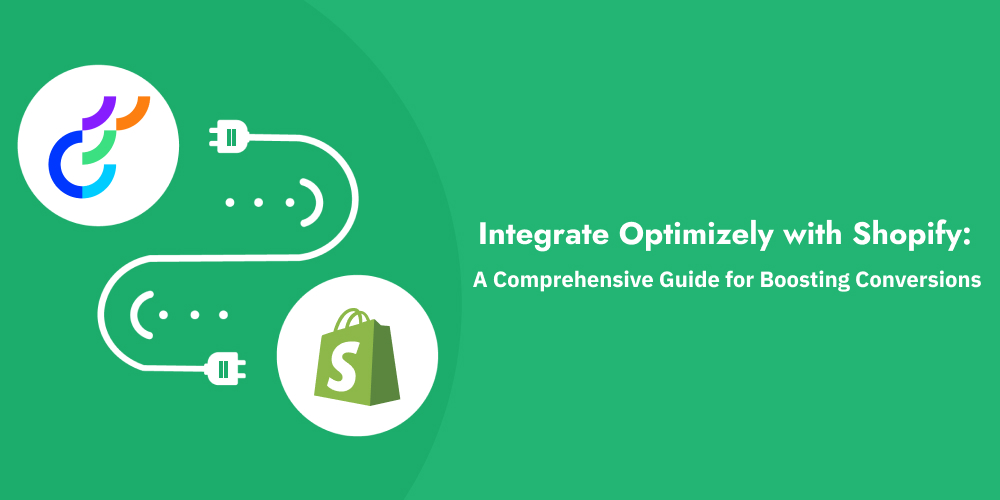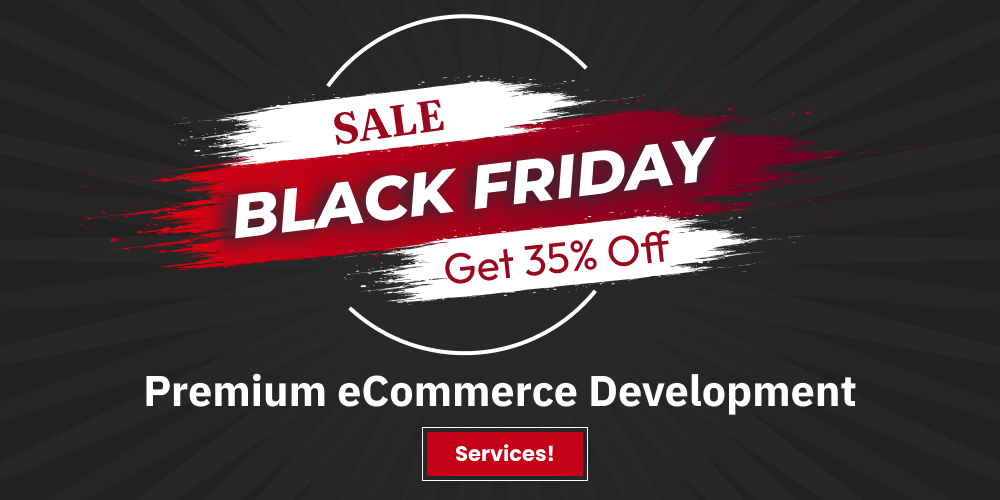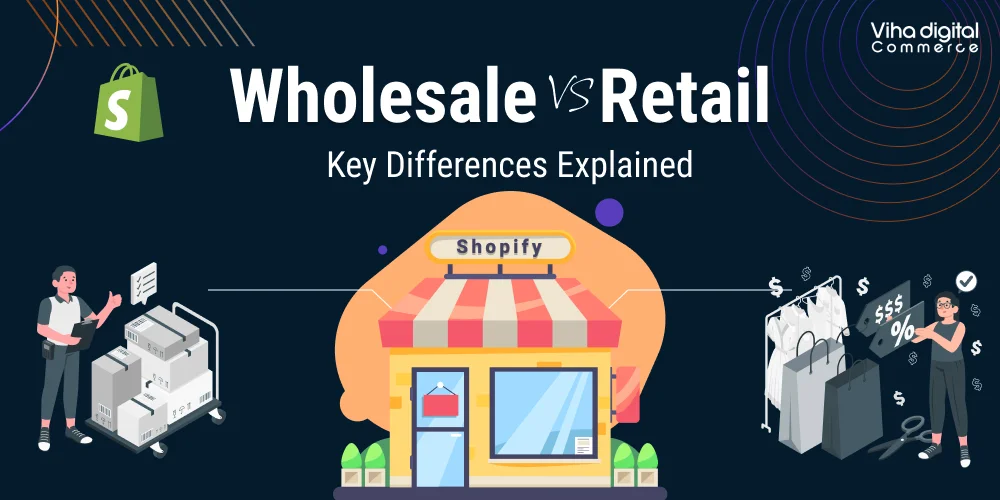
Wholesale vs. Retail: Key Differences Explained (2024)
The worlds of wholesale and retail are distinct, each with its unique set of practices, customer bases, and business strategies. Understanding the differences between wholesale (B2B) and retail (B2C) is essential for any entrepreneur or business looking to succeed in eCommerce development. In this blog, we’ll delve into the key distinctions, advantages, and challenges of wholesale and retail, and explore how Shopify B2B sales and dropship wholesalers can benefit your business.
1. Understanding Wholesale (B2B) and Retail (B2C)
B2B (Business-to-Business): Wholesale businesses sell products in large quantities to other businesses, such as retailers or manufacturers. These transactions typically involve bulk purchasing and often come with discounted prices. B2B relationships are characterized by larger order sizes, longer sales cycles, and a focus on building long-term partnerships.
B2C (Business-to-Consumer): Retail businesses sell products directly to individual consumers. Retail transactions are characterized by smaller order sizes, quicker sales cycles, and a focus on customer satisfaction and experience. B2C businesses cater to the end consumer’s needs and preferences, often emphasizing marketing and customer service.
2. Key Differences Between Wholesale and Retail
Customer Base:
– Wholesale (B2B): Targets other businesses that need products in bulk.
– Retail (B2C): Targets individual consumers looking for single or small quantities of products.
Order Size and Volume:
– Wholesale: Involves large orders with significant quantities of products.
– Retail: Involves smaller, individual purchases.
Pricing Strategies:
– Wholesale: Offers products at lower prices per unit due to bulk purchasing.
– Retail: Sells products at higher prices per unit, reflecting the convenience and service provided to consumers.
Sales Process:
– Wholesale: Focuses on building long-term relationships, often involving negotiations and contracts.
– Retail: Involves quick transactions, often influenced by marketing, promotions, and customer service.
Payment Terms:
– Wholesale: May offer extended payment terms, such as net 30 or net 60.
– Retail: Typically requires immediate payment at the point of sale.
3. Advantages and Challenges of Wholesale and Retail
Advantages of Wholesale:
– Economies of Scale: Buying and selling in bulk can lead to lower costs and higher margins.
– Stable Revenue: Long-term contracts and relationships with clients can provide a steady stream of income.
– B2B Relationships: Opportunities to build strong, ongoing partnerships with other businesses.
Challenges of Wholesale:
– High Initial Investment: Significant capital is required to purchase products in bulk.
– Longer Sales Cycle: B2B transactions often take longer to finalize.
– Dependency on Key Clients: Losing a major client can significantly impact revenue.
Advantages of Retail:
– Broad Customer Base: Access to a large and diverse market of individual consumers.
– Flexibility: Ability to quickly adapt to market trends and consumer preferences.
– Higher Margins: Potential for higher profit margins per unit sold.
Challenges of Retail:
– Intense Competition: High competition in the B2C market can impact pricing and profitability.
– Customer Service Demands: Requires significant investment in customer service and support.
– Inventory Management: Managing stock levels to meet consumer demand without overstocking can be challenging.
4. Leveraging Shopify for Wholesale and Retail
Shopify is a versatile eCommerce platform that caters to both B2B and B2C businesses. Whether you are a wholesaler or a retailer, Shopify offers robust tools and features to help you succeed. Viha Digital Commerce specializes in shopify development services which are customized to boost your business, be it wholesale or retail!
Shopify for B2B Sales:
– Custom Pricing: Shopify allows for custom pricing for different customer groups, making it easy to offer bulk discounts to wholesale clients.
– Wholesale Channel: Shopify’s wholesale channel enables you to create a separate, password-protected storefront specifically for your B2B customers.
– Advanced Reporting: Detailed reports and analytics help you track sales performance, inventory levels, and customer behavior.
Shopify for B2C Sales:
– User-Friendly Interface: Shopify’s intuitive interface makes it easy to set up and manage your online store.
– Mobile Responsiveness: Shopify themes are designed to be mobile-friendly, ensuring a seamless shopping experience for consumers on any device.
– Marketing Tools: Built-in marketing tools, such as SEO optimization, email campaigns, and social media integration, help attract and retain customers.
5. Dropshipping: A Bridge Between Wholesale and Retail
Dropshipping is a business model that combines elements of both wholesale and retail. In dropshipping, the retailer does not keep products in stock. Instead, when a customer places an order, the retailer purchases the item from a third party (a dropship wholesaler) and has it shipped directly to the customer.
Advantages of Dropshipping:
– Low Initial Investment: No need to purchase inventory upfront.
– Wide Product Range: Ability to offer a broad range of products without holding stock.
– Flexibility: Easy to add or remove products from your store without financial risk.
Challenges of Dropshipping:
– Lower Margins: Profit margins can be lower compared to traditional retail or wholesale.
– Dependency on Suppliers: Quality and shipping times depend on third-party suppliers.
– Limited Control: Less control over inventory management and fulfillment processes.
6. Choosing the Right Model for Your Business
Deciding between wholesale and retail depends on various factors, including your business goals, target market, and available resources. Here are some considerations to help you choose the right model:
– Business Goals: If your goal is to build long-term relationships with other businesses and sell in bulk, wholesale may be the better option. If you aim to cater to individual consumers and focus on marketing and customer service, retail could be the way to go.
– Target Market: Understanding your target audience is crucial. Wholesale targets other businesses, while retail focuses on individual consumers.
– Resources: Consider your available resources, including capital, inventory management capabilities, and marketing expertise.
Many businesses successfully combine both models, offering wholesale and retail options to maximize revenue streams and market reach.
Conclusion
Understanding the key differences between wholesale and retail is essential for any eCommerce business. Whether you choose to focus on B2B sales, B2C sales, or a combination of both, leveraging platforms like Shopify can provide the tools and flexibility needed to succeed. By recognizing the advantages and challenges of each model, and utilizing Shopify’s robust features for eCommerce development, you can create a thriving online store that meets the needs of your customers and achieves your business goals.

